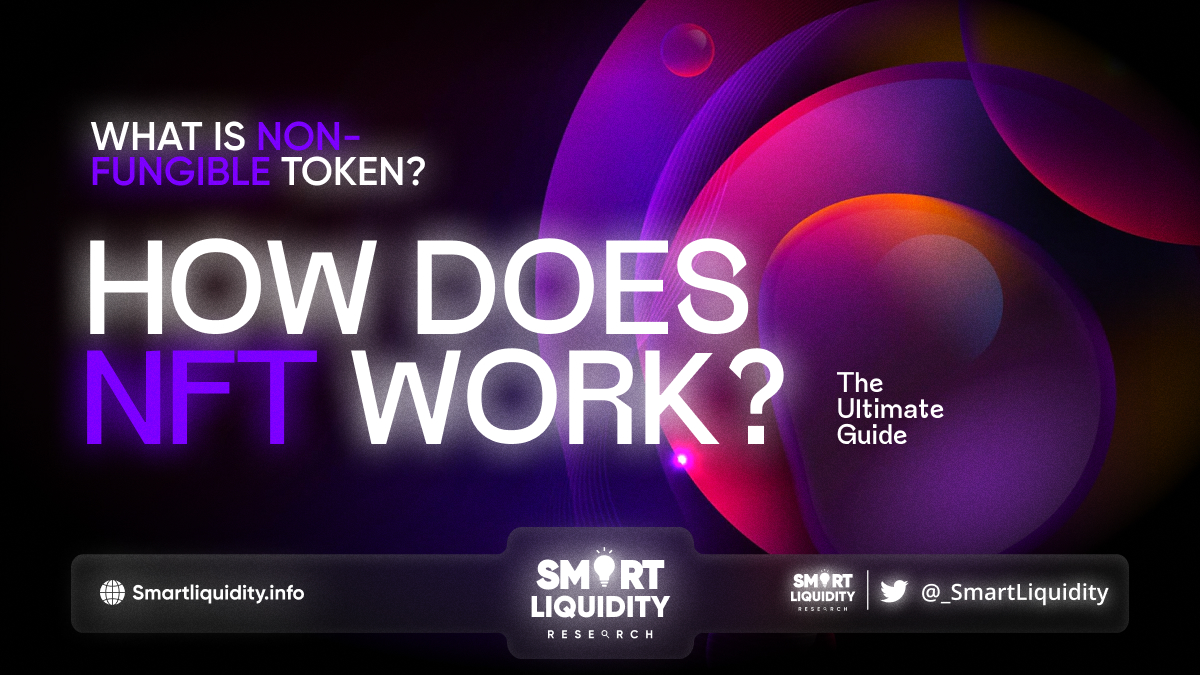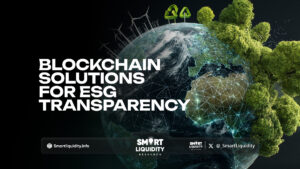What is Non-Fungible Token? How does NFT Work?


Tokens that can’t be used anywhere else, known as NFTs, seems to be the wave of the future. Rare 17th-century Dutch tulips have nothing on the demand for digital assets, generating millions of Dollars in sales for anything from artworks and music to toilet paper.
However, do NFTs live up to the price tag and the excitement? Similar to the dot-com boom and Beanie Baby fad, they have been called a bubble by some industry watchers. However, others argue that NFTs have arrived to stay and will revolutionize the investment sector.
What is Non-Fungible Token?
Any token that aren’t exchanged for another token is called a non-fungible token, and they’re created using a combination of a unique identifier and descriptive information. Unlike cryptocurrencies, they can’t be traded for anything. While, fungible tokens such as crypto are interchangeable because they all have the same value.
An NFT is just a piece of digital content, such as an image, song, movie, or object from a video game. They are traded electronically, usually using bitcoin, and are written in the same programming language as several cryptocurrencies.
Although NFTs have been present since 2014, they are now seeing a surge in popularity as a means of transacting in digital artwork. In 2021, the NFT market was valued at $45 billion, almost as much as the world’s fine art market.
Most NFTs are either unique or part of a small production run and are labelled with unique codes. “Essentially, NFTs generate digital scarcity,” explains Arry Yu, the CEO of Yellow Umbrella Investments and managing director, Washington Tech Sector Association’s Cascadia Blockchain Board. It is in contrast to digital works, often available in endless quantities. So if there is demand for an asset, its value should increase if the supply is reduced.
How does NFT Work?
Distributed public ledgers, like the blockchain, keep track of all the transactions using NFTs. Blockchain is the technology behind digital currency, so that’s how you first heard about it.
In particular, NFTs are commonly stored on the Ethereum platform. However, they may also be stored on other blockchains. The “coins” that make up a New Financial Token (NFT) are digital objects standing in for real-world assets and concepts like:
- Moving images of graffiti art
- Sports highlights and other videos
- Collectables
- Video game and virtual character skins
- Luxury sneaker brands
- Music
Tweets are just as valid as any other form of communication. For example, using NFTs, Twitter founder Jack Dorsey made almost $2.9 million off of the sale of his first tweet.
NFTs may be thought of as the digital equivalent of actual collectibles. For example, the customer gets a digital file instead of a physical painting which can be placed on their wall.
They are granted exclusive ownership rights. The use of blockchain tech in NFTs makes it simple to validate ownership and exchange tokens among owners, even though each NFT can have just one owner. Metadata is information about data that its author may store in an NFT. It’s common practice for artists to include a digital signature with their work to authenticate.
Why Are NFTs Important?
Tokens that cannot be exchanged for other tokens are advanced cryptocurrencies. Real estate and works of art are a few examples of assets that may be traded inside today’s financial systems. The introduction of NFTs is a significant development in redesigning this infrastructure since they make it possible to create digital representations of formerly physical assets.
The efficiency of the market is the most notable advantage of NFTs. When a physical asset is digitized, it facilitates greater efficiency and cuts out intermediaries. For example, without intermediaries, artists may now communicate with their fans directly using NFTs representing their digital or real works of art on the blockchain.
To better coordinate the efforts of everyone engaged in the production and distribution of a particular product, such as wine, an NFT may be usefully implemented on the bottle itself. For a client, Ernst & Young consultancy firm, has previously developed this kind of solution.
Furthermore, identity management is greatly aided by non-fungible tokens. Imagine the situation when actual passports are required at each entrance and departure port. Countries’ entrance and leave procedures may be simplified by changing passports into NFTs, which have distinct identifying features. Taking this further, NFTs may also be used to maintain digital identities.
What Are The Uses Of NFTs?
The advent of blockchains and NFTs provides a once-in-a-generation chance for content producers and artists to earn money from their work. For example, art galleries and auction houses are unnecessary for an artist to make a profit.
Instead, the creator may bypass the intermediary and sell the NFT to the end user, pocketing a more significant portion of the sale’s proceeds. On top of that, artists may prearrange royalties so that they earn a particular amount of money every time their work is sold. Since artists often don’t see any more money once an artwork is sold, this is an appealing perk.
Making money via art is one of many uses for NFTs. For example, the charitable efforts of companies like Taco Bell alongside Charmin both included auctioning NFT artwork with a specific subject. Taco Bell’s NFT painting went for as much as $3.723.63 during the time period of this writing, while Charmin’s “NFTP” (non-fungible toilet tissue) cleared out in minutes.
How Can NFTs Be Bought?
You’ll need the following things to get started with your NFT collection:
Get a NFT-compatible digital wallet or crypto first. Then, depending on the cryptocurrencies, your NFT provider supports, you may have to buy some cryptocurrencies, such as Ether. Kraken, Coinbase, PayPal, eToro, and Robinhood are just some exchanges and wallets that accept credit cards as payment for cryptocurrency purchases. After that, you may transfer it from a trading platform to your preferred wallet.
Is NFTs Safe?
Cryptocurrencies like bitcoin employ blockchain technology to ensure the safety of non-fungible tokens. Blockchains’ decentralized design makes it harder to hack NFTs, but not impossible. However, token holders of NFTs run the risk of having their tokens destroyed if the company hosting them ceases to operate.
Final Thoughts
Treat NFTs as you would any other investment. However, before leaping, it’s essential to do your homework and thoroughly understand the hazards involved, the most significant of which is the potential loss of all of your investment capital.




